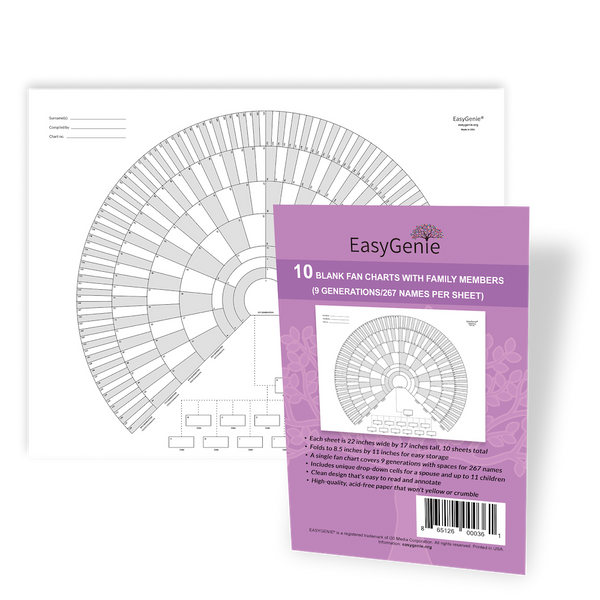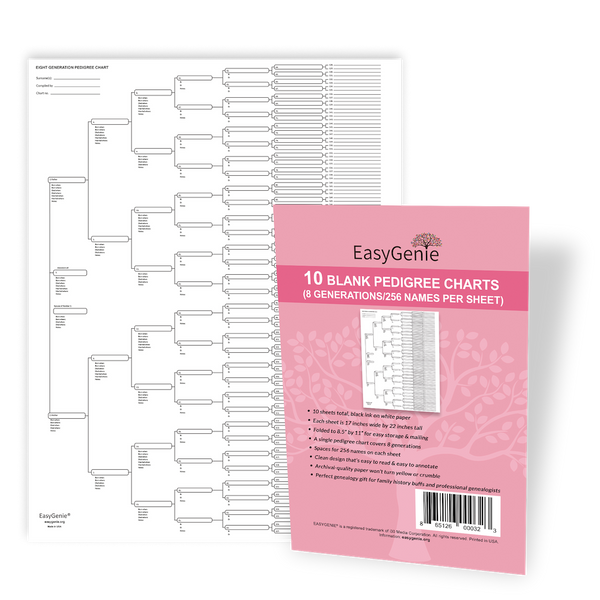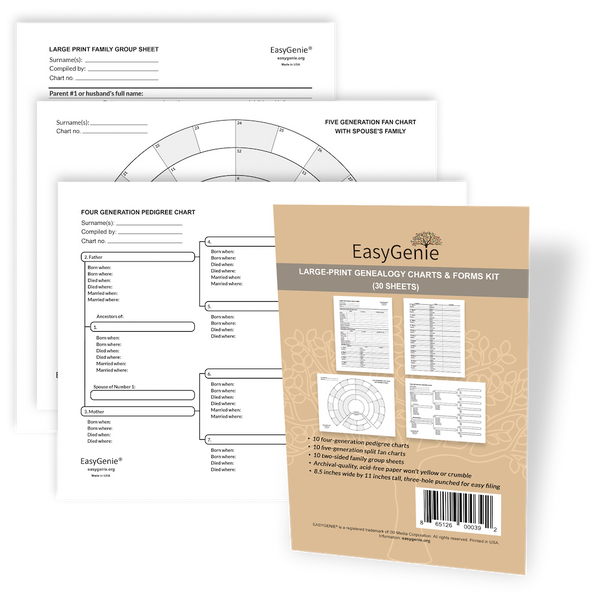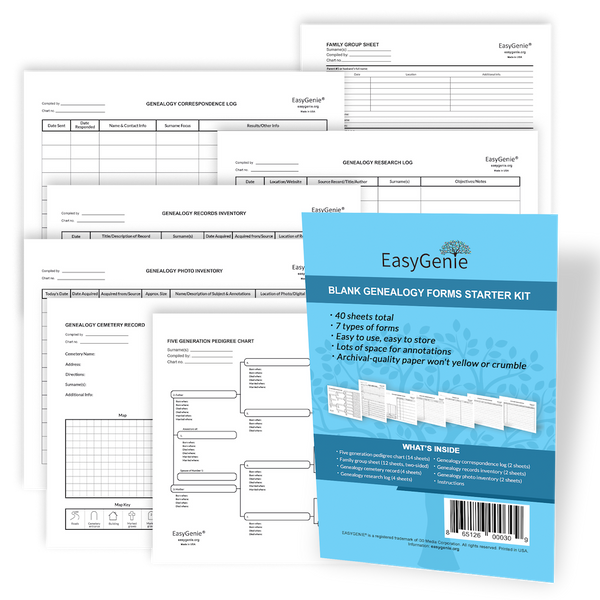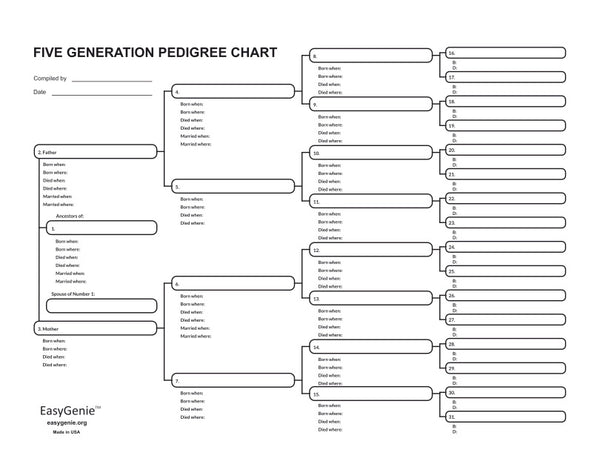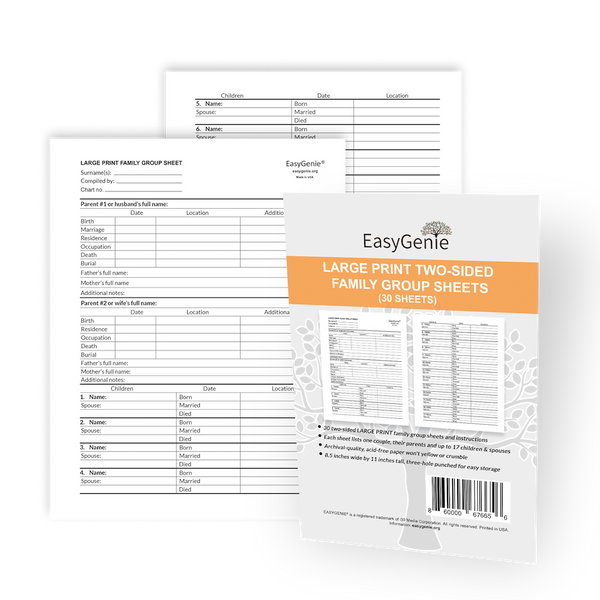
Why aren't you using a genealogy research log?
Ian LamontResearch logs are an under-appreciated tool in the genealogist's toolbox. But for those who use them, they are critical to tracking research and conserving our most valuable resource: time.
The basic idea of a research log is to organize your research targets ("who was great-grandmother Ella's father?") and track the sources used to find answers. Here's an example from my own research, using the genealogy research log PDF from our Genealogy Inventory & Records Fillable PDF Set:
In the Notes field, you may be wondering why I included the failures. The answer is simple: So I won't waste time on the same search again! Genealogists who don't track what they are doing or approach research willy-nilly are doomed to repeat the same mistakes again and again, wasting many hours of valuable time.
There is another reason to track the failures: You can return to a specific search after a sufficient period of time has elapsed to see if any new records have surfaced in the interim. This is especially useful when browsing family trees uploaded by other people or DNA records, which do improve over time.
Research logs don't have to be fancy. Use a pen and paper, or the fillable genealogy research log PDF shown above. Some people use spreadsheets (like this Excel file), apps like Notion or ToDo, or text files on their computers. Just be sure to keep them in a place you can find again (such as a genealogy binder or folder) and incorporate them into your genealogy target planning.

